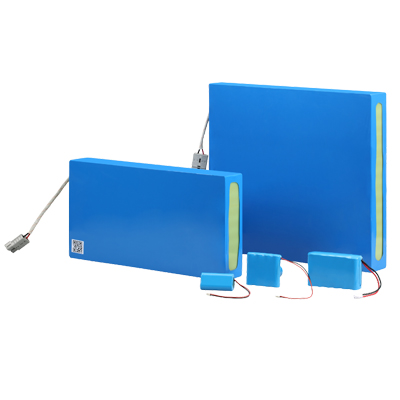The best
lithium battery for solar street lights.
Lithium iron phosphate batteries are an excellent choice for solar street lighting systems. Among all other battery technologies, they have the best deep discharge capability. In fact, you can discharge them to a discharge depth of 100% (DoD) while still maintaining an efficiency of over 98%. BSLBATT lithium deep cycle batteries provide a high cycle life of over 3500 cycles at 80% DoD and over 2500 cycles at 100% DOD. Solar lithium batteries are particularly good because they do not require maintenance, so you can install them anywhere, even in remote areas, without any trouble or worries.
So, why do we choose lithium batteries instead of lead-acid batteries?
Flexibility
Both lead-acid batteries are heavy, bulky, and have low energy density. Lithium batteries are small in size, lightweight, and easy to transport. Compared with the lithium-ion energy storage system and lead-acid gel battery used in solar street lights, the weight and capacity are about one-third of lithium batteries. As a result, transportation is easier and costs are reduced.
durability

Lithium batteries have higher energy density and longer lifespan. Lithium batteries have a cycle life of over 2500 times, while lead-acid batteries have a cycle life of 800 times; The energy density of lithium batteries is around 150Wh/kg, while lead-acid batteries are around 40Wh/kg; Lithium batteries can be fully charged within 4 hours, while lead-acid batteries typically take around 6 hours to fully charge;
Auxiliary functions
The installation of solar street lights using lithium batteries is convenient. When installing traditional solar street lights, it is necessary to reserve a battery pit, seal the battery in the ground box, or install the lithium battery on the bracket, using hanging or built-in methods.
Then, it is easy to maintain and replace.
Solar Street Light Battery only require the battery to be removed from the lamp post or solar panel during maintenance, while traditional solar street lights require digging out batteries buried underground, which is more troublesome than lithium-ion solar street lights.
Efficiency
Lithium ion batteries have good charging and discharging energy efficiency, with a charging and discharging energy conversion efficiency of over 97%, while lead-acid batteries have a charging and discharging energy conversion efficiency of around 80%. Similarly, lithium batteries have a smaller volume than lead-acid batteries, with the volume of lithium-ion batteries being about 2/3 of the volume of lead-acid batteries;
The AGM battery used in the system needs to be replaced once a year to ensure reliability. Generally speaking, the labor cost of replacing AGM batteries exceeds the cost of the product itself, especially in countries such as Australia, Europe, and North America. The risks and hazards of frequent battery replacement cannot be ignored.
